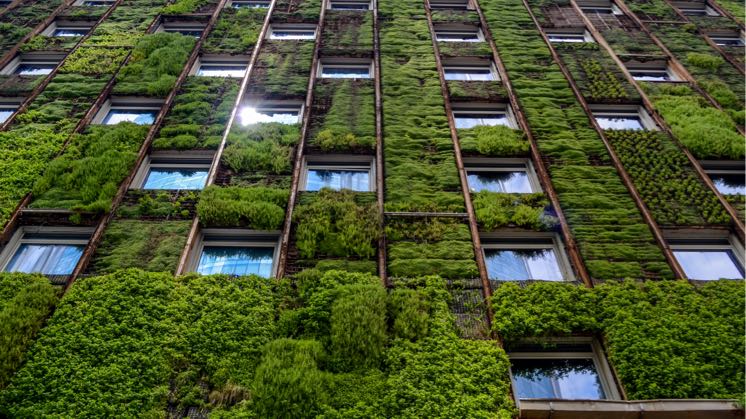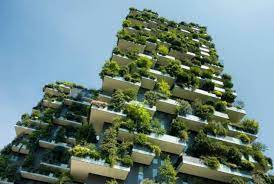Introduction:
Green building refers to the design and construction of buildings that are energy-efficient, environmentally sustainable, and provide a healthy living and working environment. In recent years, the concept of green building has gained popularity due to increasing environmental concerns and the need for sustainable development. This case study will focus on a green building project in the United States and highlight its features and benefits.
Case Study: The Bullitt Center
The Bullitt Center is a green building located in Seattle, Washington, USA. It is a six-story, 50,000-square-foot office building that was completed in 2013. The building was designed to meet the Living Building Challenge, a rigorous standard for sustainable building design, construction, and operation.
Features of the Bullitt Center:
- Energy-efficient design: The Bullitt Center is designed to be 83% more energy-efficient than a typical office building. The building features a 242-kilowatt solar array on the roof that provides all of the building’s energy needs. It also has a geothermal system that uses the earth’s constant temperature to cool and heat the building.
- Water conservation: The Bullitt Center is designed to use 90% less water than a typical office building. The building has a rainwater collection system that collects and treats rainwater for use in the building’s toilets and irrigation system.
- Sustainable materials: The building is constructed using sustainable materials such as locally-sourced FSC-certified wood, non-toxic paints, and adhesives. The Bullitt Center is also designed to be easily disassembled and recycled at the end of its life.
- Healthy indoor environment: The building is designed to provide a healthy indoor environment for its occupants. The building’s ventilation system provides fresh air to all occupants, and the building’s lighting system is designed to mimic natural light to reduce eye strain.
Benefits of the Bullitt Center:
- Energy savings: The Bullitt Center’s energy-efficient design results in significant energy savings, reducing the building’s carbon footprint.
- Water conservation: The building’s rainwater collection system reduces the amount of water the building needs from municipal sources, conserving water resources.
- Improved occupant health: The building’s design provides a healthy indoor environment for its occupants, improving their health and well-being.
- Positive impact on the environment: The Bullitt Center’s sustainable design and construction practices have a positive impact on the environment, reducing the building’s overall environmental footprint.
Conclusion:
The Bullitt Center is a prime example of a green building project that incorporates sustainable design and construction practices to create an energy-efficient, environmentally sustainable, and healthy living and working environment. The Bullitt Center’s features and benefits demonstrate that green building is not only good for the environment but also good for people and their quality of life.





